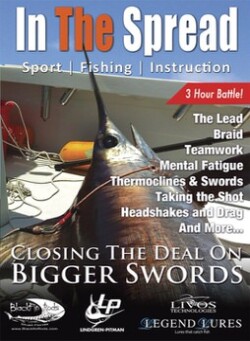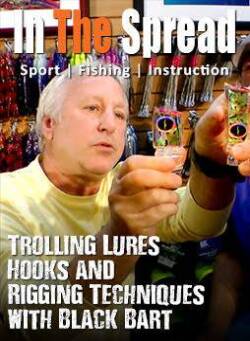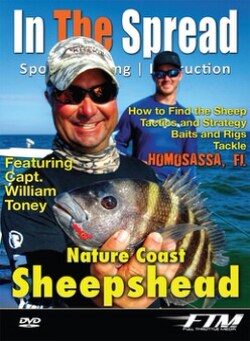Learn spillway snook fishing tactics for Florida's freshwater discharge structures during spawning season. This video covers why spillways concentrate trophy snook for feeding and staging, heavy tackle specifications for current and structure, reading water flow and tidal influence, and choosing between live bait and artificial lures based on conditions.
Snook Fishing Florida Spillways
(01:02:30)Snook Fishing at Florida Spillways: Heavy Tackle Tactics for Seasonal Giants
Florida spillways create unique snook fishing opportunities because these structures concentrate fish during the spawning season when freshwater discharge mixes with saltwater, creating productive feeding and staging areas that attract large prespawn and postspawn snook. Spillway environments generate powerful currents, turbulent water, and complex structure that demand heavy tackle and aggressive fishing techniques unlike any other snook fishery. Success requires understanding how water flow, tidal influence, and seasonal timing position snook predictably in areas where standard tackle and presentation methods fail catastrophically.
Why Do Spillways Attract Large Snook During Spawning Season?
What Heavy Tackle Specifications Are Required for Spillway Snook?
Standard inshore snook tackle fails in spillway environments where powerful current combines with concrete structures, barnacle-encrusted pilings, and the raw power of trophy-class fish fighting in flowing water. Heavy spinning or conventional tackle with significant drag capacity becomes mandatory, not optional. Rods must provide backbone to horse fish away from structure while absorbing the shock loads created when snook surge in current. Leader material needs abrasion resistance far exceeding typical inshore specifications because contact with concrete and barnacles destroys fluorocarbon that handles mangrove or oyster bar fishing.
How Do Water Flow, Tides, and Structure Affect Snook Positioning?
Spillway discharge volume changes based on upstream water management decisions, rainfall, and tidal influence. Peak flow periods position snook in current breaks behind pilings, along structure edges, and in eddies where they can hold without fighting full current while intercepting prey swept through the system. Reduced flow sees fish spread across larger areas and become less aggressive. Tidal influence varies by spillway location and configuration, with some structures fishing best on specific tide phases when current and salinity gradients align optimally.
When Do Live Bait and Artificial Lures Produce at Spillways?
Both live bait and artificials produce but excel under different conditions. Live bait fished on heavy jig heads or weighted rigs works in strong current and when targeting the largest fish. Artificial lures including large soft plastics and swimbaits cover water efficiently.




